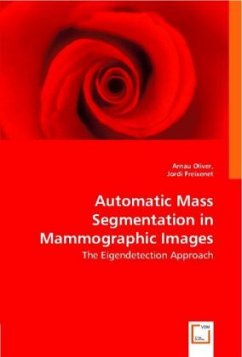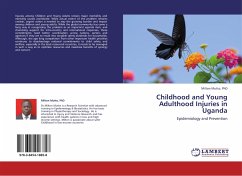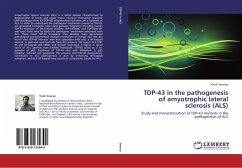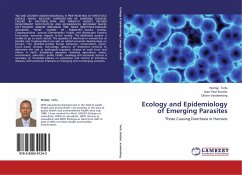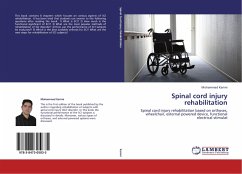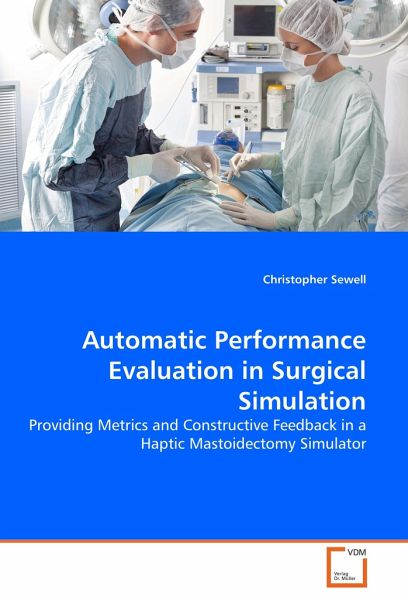
Automatic Performance Evaluation in Surgical Simulation
Providing Metrics and Constructive Feedback in a Haptic Mastoidectomy Simulator
Versandkostenfrei!
Versandfertig in 6-10 Tagen
45,99 €
inkl. MwSt.

PAYBACK Punkte
23 °P sammeln!
One important advantage of computer simulators for surgical training is the opportunity they afford for independent learning. However, without the incoporation of relevant metrics and the presentation of these metrics to the user in such a way so as to provide constructive feedback that facilitates independent learning and improvement, this advantage is significantly reduced by the need for an instructor to supervise and tutor the trainee while using the simulator. This manuscript presents a number of novel metrics for the automated evaluation of surgical technique. Although many of the concep...
One important advantage of computer simulators for surgical training is the opportunity they afford for independent learning. However, without the incoporation of relevant metrics and the presentation of these metrics to the user in such a way so as to provide constructive feedback that facilitates independent learning and improvement, this advantage is significantly reduced by the need for an instructor to supervise and tutor the trainee while using the simulator. This manuscript presents a number of novel metrics for the automated evaluation of surgical technique. Although many of the concepts behind these metrics have application throughout surgery, they have been implemented specifically in the context of a simulation of mastoidectomy, a type of ear surgery. The visuohaptic simulator is described, followed by the details of the metrics implementations. Mechanisms for providing visualizations and other feedback to the user based on these metrics are then elaborated. Finally, the results of several user studies are reported, providing some validation of the simulator, the metrics, the feedback mechanisms, and the transfer of skills from a haptic simulator to a real task.






